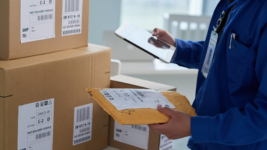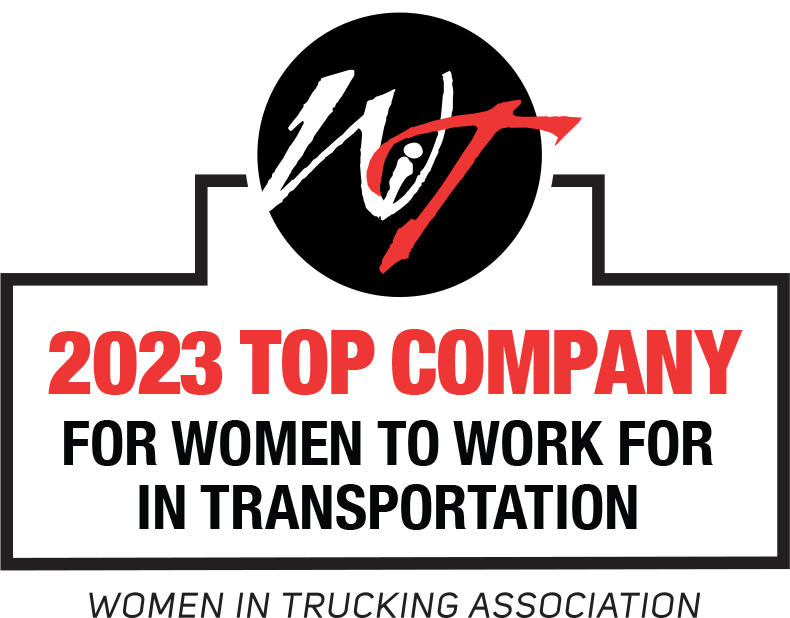Last month, AFS mentioned that during December, FedEx implemented one new fuel surcharge increase while UPS implemented two. Was that a typo by chance?
Unfortunately, not. On December 4, UPS increased its fuel surcharge by half a percentage point. Shortly thereafter, FedEx announced its own fuel surcharge increase of a full percent. UPS then came back with another.
It sounds like a confusing game of ping pong.
If ping pong were designed to ensure that the house (aka each national parcel carrier) always wins, you’d be correct. The net result is fuel surge increases of anywhere from 1% to 1.25% – and the possibility that we’re starting to see a “fuelish” shift in pricing strategy from the country’s two major parcel carriers.
How so?
In the past, UPS and FedEx have tied their fuel surcharge increases to what’s happening with actual fuel prices. However, these latest announcements were made at a time when fuel prices were heading south, which suggests that fuel surcharges should have gone down rather than up.
So why did UPS and FedEx elect to increase fuel surcharges?
Fuel surcharges have become a significant source of additional income for parcel carriers. They’re the only surcharge that applies to every package, and they’re applied to every package’s net spend, not just the base rate. Plus, their increases rarely raise any eyebrows, because customers assume that they’re a legitimate reflection of market conditions rather than a shameless money grab.
With shipping volumes down, it’s possible that you may see UPS and FedEx increase their fuel surcharges more often and more arbitrarily to help sustain the revenue growth their shareholders have come to expect.
Can shippers do anything about it?
Although you can’t change how or when FedEx and UPS will increase their fuel surcharges, there are many practices you can use to offset these increases. These include conducting a service level optimization analysis to see if you can switch to less expensive parcel delivery services, using more regional parcel carriers (some have lower fuel surcharges) and negotiating more favorable incentives for core services.
Contact our parcel experts if you’d like to learn more. We dislike unnecessary surcharges and surcharge increases as much as you do, and we’d be happy to discuss how we can help you mitigate their effects.










